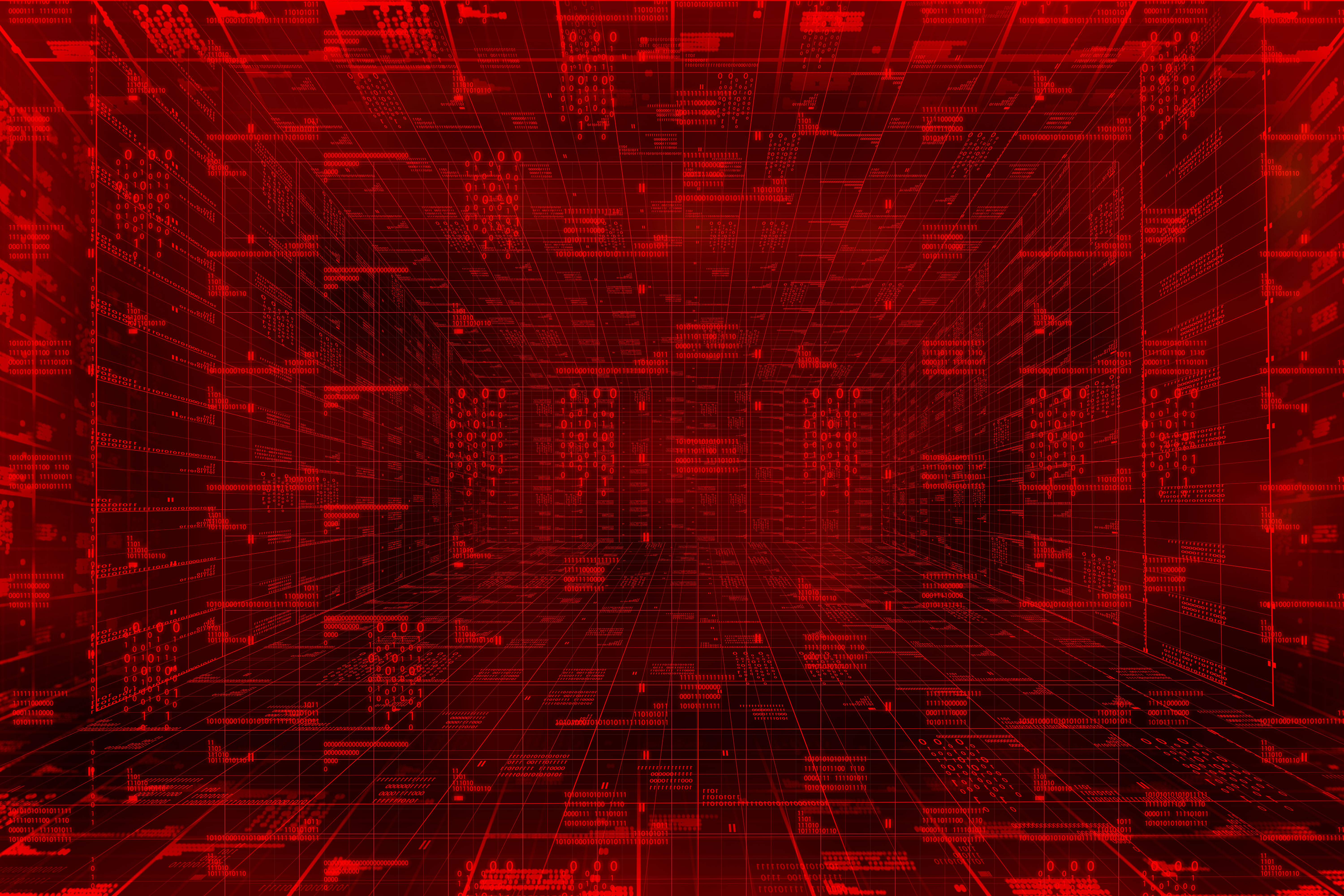Koobface crooks unmasked?
Facebook and Sophos believe they have the names of the crooks behind the Koobface botnet.


Facebook and security researchers believe they have the names of the gang behind notorious botnet Koobface.
The social networking giant, which has been one of the main targets of the Koobface criminals, is expected to announced it will start sharing information it has on the group with the security community today, the New York Times reported.
Facebook is planning to name four men who it believes to be involved in the gang behind Koobface, a botnet that Kaspersky estimated had infected between 400,000 and 800,000 machines at its peak.
We wait to see what - if any - actions are taken to bring down the Koobface gang.
Koobface malware has primarily been spread via Facebook.
Investigators claimed the group is working in Russia and in plain sight. Despite the raft of information gathered on them, no prosecutions have been brought.
Leaving tracks uncovered
Get the ITPro daily newsletter
Sign up today and you will receive a free copy of our Future Focus 2025 report - the leading guidance on AI, cybersecurity and other IT challenges as per 700+ senior executives
Sophos has been tracking the group, saying the crooks have made a number of mistakes, leaving digital traces across the internet. One error was not effectively locking people out of command and control (C&C) centre information.
"It turned out that the Apache web server on one of the active Command & Control servers (captchastop.com, 67.212.69.230) had the mod_status module enabled. Having enabled this web server module, any visitor is provided with public access to a live view of requests made to the web server, thereby revealing file and directory names," Sophos explained in a blog post.
"Although this mistake was noted and corrected at the end of October 2009, it was only days later when the gang made yet another mistake by installing the Webalizer statistics tool in a publicly accessible way, allowing for an even better insight into the structures of their Command & Control system."
The Webalizer statistics revealed in late 2009 that a file named "last.tar.bz2" was a full daily backup of Koobface C&C software, which were obtained by Sophos for full analysis.
This meant IP addresses relating to the gang could be obtained. More critically, Sophos was able to attain a PHP script used to submit daily revenue statistics via short text messages to five mobile phones. This meant the researchers had phone numbers to play with as well as nicknames of recipients.
The nicknames Krotreal, LeDed and PoMuC proved particularly helpful. They were used to track down profiles of potential subjects on sites including Facebook, Twitter and Flickr, as well as photos which provided yet more useful information.
Other data acquired from the C&C server indicated one of the suspects worked at a software development company called MobSoft, which was determined to be based in St Petersburg.
One of the company's contacts had a mobile number the same as one of those found in the aforementioned Koobface SMS data.
The PoMuC suspect was linked to a similar company to Mobsoft called Elitum.
Sophos also used information of suspects' family members from social networks to further their investigations.
Another lead was a picture of one of the suspects at a porn conference with his wife.
"The full evidence is in the hands of the law enforcement agencies, and we wait to see what - if any - actions are taken to bring down the Koobface gang."
Facebook had not offered any official comment on the Koobface situation at the time of publication.
Koobface initially targeted Windows PCs but moved to attacking Macs as well in late 2010.
Later that year, the botnet took a serious hit when servers hosting its C&C centre were taken down in the UK.
The main C&C centre was located on servers based at UK hosting company Coreix, which worked with police in removing criminal activity from their systems.
Facebook claimed to have effectively stopped Koobface spreading on the social network last year.
Tom Brewster is currently an associate editor at Forbes and an award-winning journalist who covers cyber security, surveillance, and privacy. Starting his career at ITPro as a staff writer and working up to a senior staff writer role, Tom has been covering the tech industry for more than ten years and is considered one of the leading journalists in his specialism.
He is a proud alum of the University of Sheffield where he secured an undergraduate degree in English Literature before undertaking a certification from General Assembly in web development.
-
 Cleo attack victim list grows as Hertz confirms customer data stolen
Cleo attack victim list grows as Hertz confirms customer data stolenNews Hertz has confirmed it suffered a data breach as a result of the Cleo zero-day vulnerability in late 2024, with the car rental giant warning that customer data was stolen.
By Ross Kelly
-
 Lateral moves in tech: Why leaders should support employee mobility
Lateral moves in tech: Why leaders should support employee mobilityIn-depth Encouraging staff to switch roles can have long-term benefits for skills in the tech sector
By Keri Allan
-
 Seized database helps Europol snare botnet customers in ‘Operation Endgame’ follow-up sting
Seized database helps Europol snare botnet customers in ‘Operation Endgame’ follow-up stingNews Europol has detained several people believed to be involved in a botnet operation as part of a follow-up to a major takedown last year.
By Emma Woollacott
-
 96% of SMBs are missing critical cybersecurity skills – here's why
96% of SMBs are missing critical cybersecurity skills – here's whyNews The skills shortage hits SMBs worse as they often suffer from a lack of budget and resources
By George Fitzmaurice
-
 Sophos Firewall Virtual review: Affordable network protection for those that like it virtualized
Sophos Firewall Virtual review: Affordable network protection for those that like it virtualizedReviews Extreme network security that's cheaper than a hardware appliance and just as easy to deploy
By Dave Mitchell
-
 MSPs are struggling with cyber security skills shortages
MSPs are struggling with cyber security skills shortagesNews A shortage of tools and difficulties keeping pace with solutions were also ranked as key issues for MSPs
By George Fitzmaurice
-
 Nearly 70 software vendors sign up to CISA’s cyber resilience program
Nearly 70 software vendors sign up to CISA’s cyber resilience programNews Major software manufacturers pledge to a voluntary framework aimed at boosting cyber resilience of customers across the US
By Solomon Klappholz
-
 Sophos and Tenable team up to launch new managed risk service
Sophos and Tenable team up to launch new managed risk serviceNews The new fully managed service aims to help organizations manage and protect external attack surfaces
By Daniel Todd
-
 Ransomware groups are using media coverage to coerce victims into paying
Ransomware groups are using media coverage to coerce victims into payingNews Threat actors are starting to see the benefits of a more sophisticated media strategy for extracting ransoms
By Solomon Klappholz
-
 Shrinking cyber attack “dwell times” highlight growing war of attrition with threat actors
Shrinking cyber attack “dwell times” highlight growing war of attrition with threat actorsNews While teams are becoming more proficient at detecting threats, attackers are augmenting their strategies
By Ross Kelly